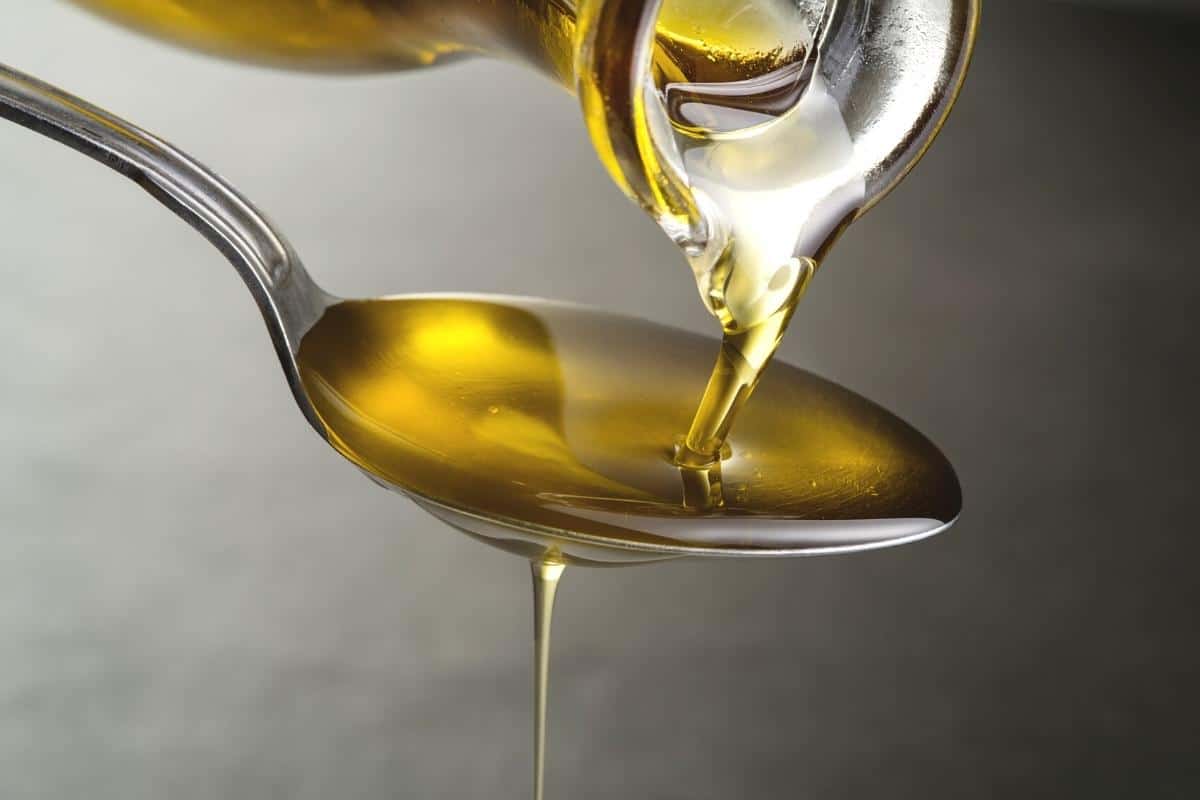Healthier Cooking Made Simple: The Best Alternatives to Oil in Your Kitchen
Cooking oils have long been a staple ingredient in kitchens all over the world. Whether you’re sautéing vegetables, baking, or dressing a salad, oil often feels like an indispensable part of the process. But what if there was a way to cook without it? Increasingly, we are all looking for healthier alternatives. Whether you’re watching your calorie intake, reducing unhealthy fats, or just experimenting in the kitchen, cooking without oil can be just as tasty.
Here are the most practical alternatives to oil in cooking. From water sautéing to substitutes for baking, you’ll be able to reduce the oil without compromising on flavour. These ways you can use alternatives to oil and still have yummy food.

Why Look for Alternatives to Oil?
While certain oils like olive oil and avocado oil are often marketed as healthy, they’re still calorie-dense and high in fat. For example, a single tablespoon contains about 120 calories and 14 grams of fat. While our bodies do need some fats to function properly, too much fat can lead to weight gain and other health issues over time.
Also, overusing processed or refined oils can harm heart health. Refined oils, especially partially hydrogenated ones, may contain trans fats that contribute to higher cholesterol levels. Choosing alternatives to oil can be a great way to enjoy more nutritious meals while also experimenting with new cooking methods.
Sautéing Without Oil
Sautéing vegetables is one of the most common cooking techniques, but surprisingly, you don’t need oil to do it. Water sautéing is a simple, practical alternative that delivers equally tasty results.
To water sauté, all you need is a splash of water, stock, or even vinegar. Heat your pan to a medium temperature and add your chosen liquid. Once it starts to sizzle, add your vegetables and stir them regularly. The moisture prevents the vegetables from sticking to the pan, while the natural sugars in foods like onions and bell peppers caramelise beautifully. You can experiment with additional liquids like white wine or coconut milk if you’re feeling adventurous.
Another alternative is to dry sauté, which requires a non-stick or stainless steel pan. For vegetables like mushrooms (which release natural moisture during cooking), this works well. The key is frequent stirring to prevent sticking. This is one of my favourite alternatives to oil personally.
Alternatives to Oil in Baking
If you love baking, you’ll be glad to know that there are several oil substitutes to achieve those moist cakes and soft cookies you love. Here are some options for alternatives to oil in baked goods:
1. Applesauce: A favourite among vegan bakers, applesauce adds moisture without the calories of oil. Use an equal amount of unsweetened applesauce in place of oil, but be prepared for a slightly denser texture.
2. Mashed bananas: Bananas not only replace oil but also add natural sweetness. They work particularly well in treats like muffins, pancakes, and brownies.
3. Greek yoghurt: For a higher protein substitute, swap oil for plain Greek yoghurt. It keeps baked foods moist and adds a slight tangy flavour.
4. Nut butters: Almond, peanut, or cashew butter can replace oil in recipes like cookies or bars. They contribute a rich, nutty flavour and some healthier fats.
5. Pureed vegetables: Got pumpkins, sweet potatoes, or courgettes lying around? Pureed vegetables can work wonders in cakes, bread, and even brownies. They’re an excellent way to pack in extra nutrients while maintaining that moist texture.
Roasting Veggies Without Oil
When it comes to roasting vegetables, most recipes suggest tossing them in oil to achieve that golden, crispy exterior. However, you can achieve fantastic results without a single drop by using these alternatives to oil.
Start by preheating your oven and lining your baking tray with baking paper. To prevent sticking, sprinkle a small amount of water or vegetable stock onto the tray. Then, season your vegetables as desired, and roast as you normally would. Another helpful tip is to use a touch of soy sauce or balsamic vinegar, which adds moisture and flavour.
If you’re looking for the crispy effect oils provide, try experimenting with an air fryer! Air fryers use hot air circulation to get the crisping effect of frying, without oils or added fats.
Steaming Instead of Frying
Frying adds plenty of crunch to food, but it can also increase your fat intake significantly. Steaming, on the other hand, is a nutrient-preserving cooking method that requires zero oil. Using a steamer, you can cook vegetables, whole grains, and even fish.
For extra flavour, add aromatics like garlic or ginger to the steaming water, or experiment with herbs and spices as finishing touches once your food is cooked.
Salad Dressings Without Oil
Salad dressings are often the sneaky culprits behind excessive oil consumption. Luckily, there are so many ways to make your salads delicious without resorting to high-fat oils.
One option is to use a puree base, such as avocado or silken tofu, both of which give creaminess without the calories of oil. Another alternative is to mix acidic ingredients like apple cider vinegar, lemon juice, or balsamic vinegar with a touch of maple syrup, Dijon mustard, or tahini for a tangy and satisfying vinaigrette.
For extra texture, consider topping your salad with roasted seeds, fresh salsa, or even nutritional yeast.
Choosing Healthier Cooking Oils
If you’re not ready to stop oils entirely, choosing healthier alternatives to oil is an excellent compromise and using small amounts. Oils like extra virgin olive oil, avocado oil, or flaxseed oil are packed with healthy fats, but they should still be used in moderation.
Whenever possible, choose cold-pressed, unrefined versions of these oils to ensure maximum nutrient content. Avoid highly processed oils with long ingredient lists, as these are often stripped of their natural benefits.
Has this given you any ideas for alternatives to oil? Let me know in the comments below.